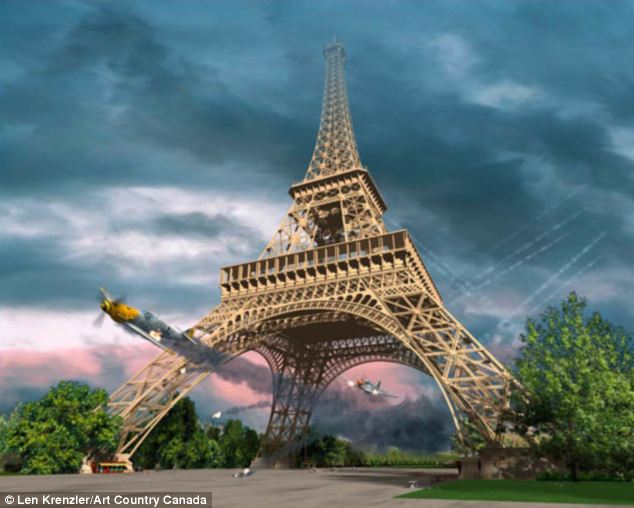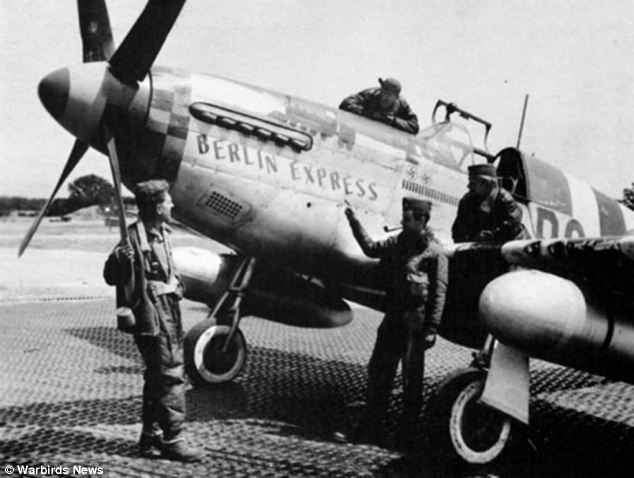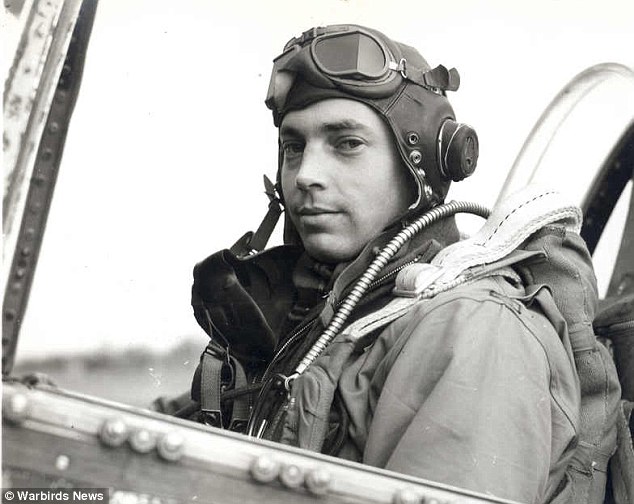France June 2016 - The Eiffel Tower
Of course, what visit to Paris could be complete without a trip up the Eiffel Tower? Rick Steves strongly advises making reservations, saying "Frankly, you'd be crazy to show up without a reservation!" I looked into it, but in the end we had some time in the late afternoon so we just showed up, bought tickets after a short wait, and went right on up. Going through security took longer than waiting in the ticket line. But we were lucky. You should probably make reservations.
This picture gives you some idea how massive the Eiffel Tower is.
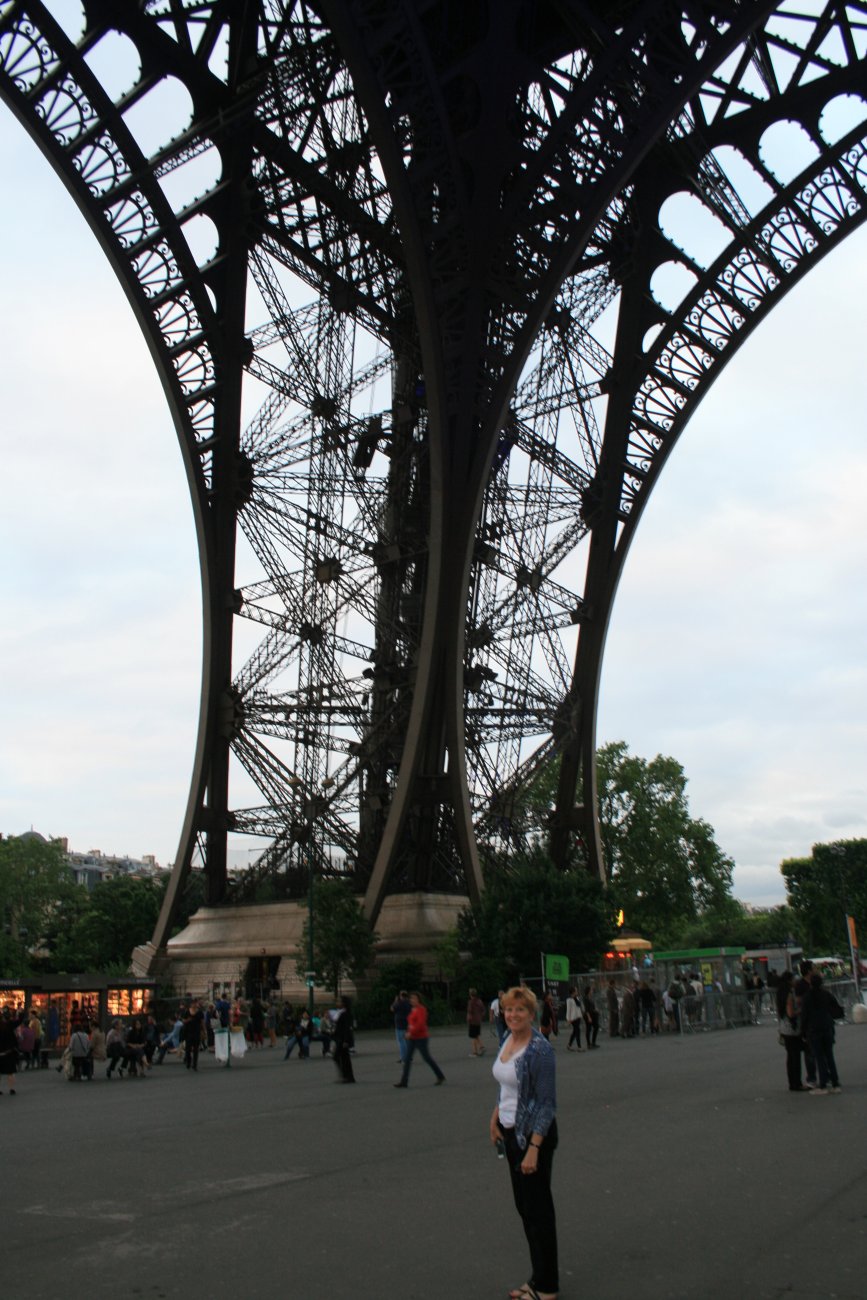
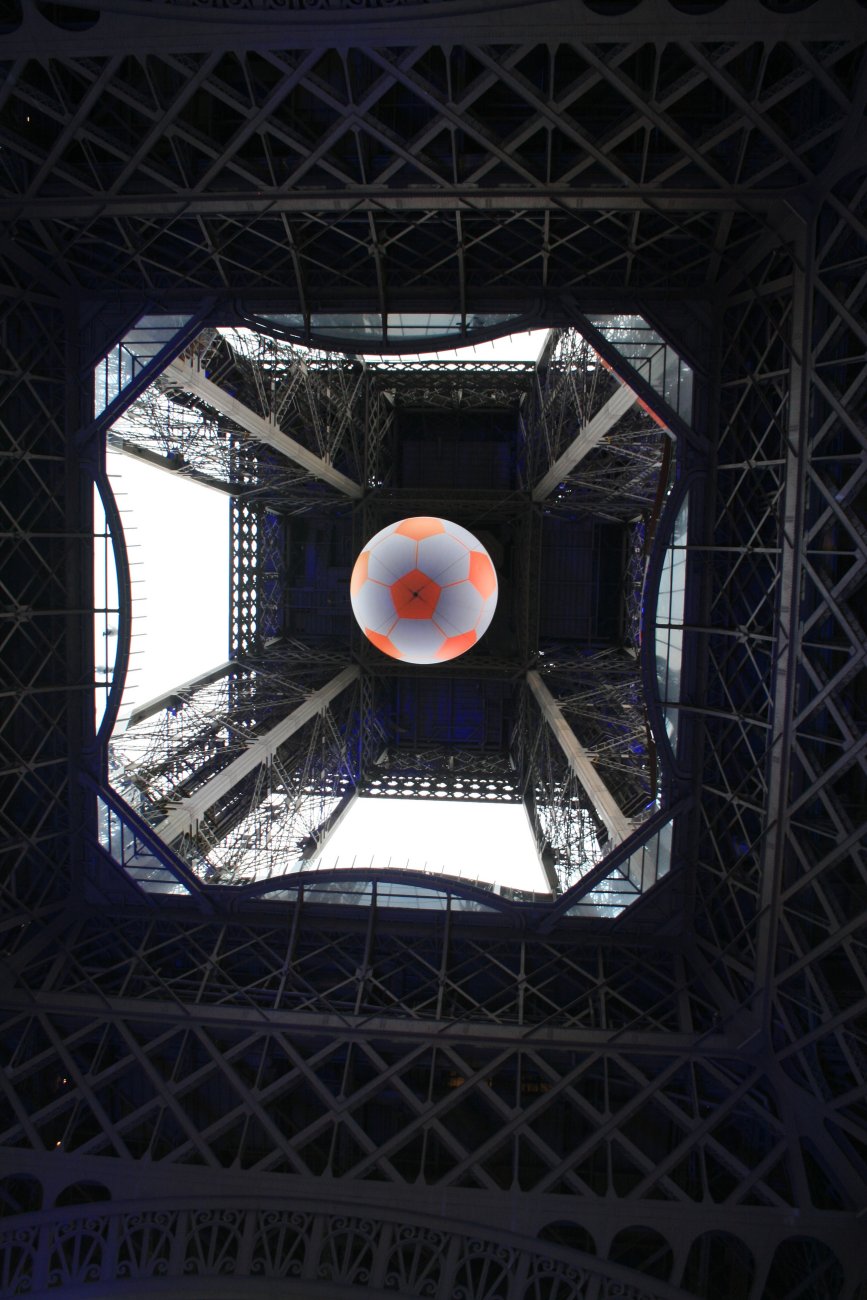
The tower is named after the engineer Gustave Eiffel, whose company designed and built it.
Constructed from 1887 to 1889 as the entrance to the 1889 World's Fair in the spirit of the second Industrial Revolution, it was initially criticised by some of France's leading artists and intellectuals for its design, but it has become a global cultural icon of France and one of the most recognisable structures in the world. The Eiffel Tower is the most-visited paid monument in the world; 6.91 million people ascended it in 2015. An average of 25,000 people ascend the tower every day.
The tower is 1,063 ft tall and the tallest structure in Paris. During its construction, the Eiffel Tower surpassed the Washington Monument to become the tallest man-made structure in the world, a title it held for 41 years until the Chrysler Building in New York City was finished in 1930.
The tower has three observation platforms for visitors, at 200, 400 and 900 feet, with restaurants on the first and second levels. You can ascend by stairs or elevator to the first and second levels. The climb from ground level to the first level is over 300 steps, as is the climb from the first level to the second. Although there is a staircase to the top level, it is usually accessible only by elevator. I think we took the elevator all the way up but I think we walked down from the first level.
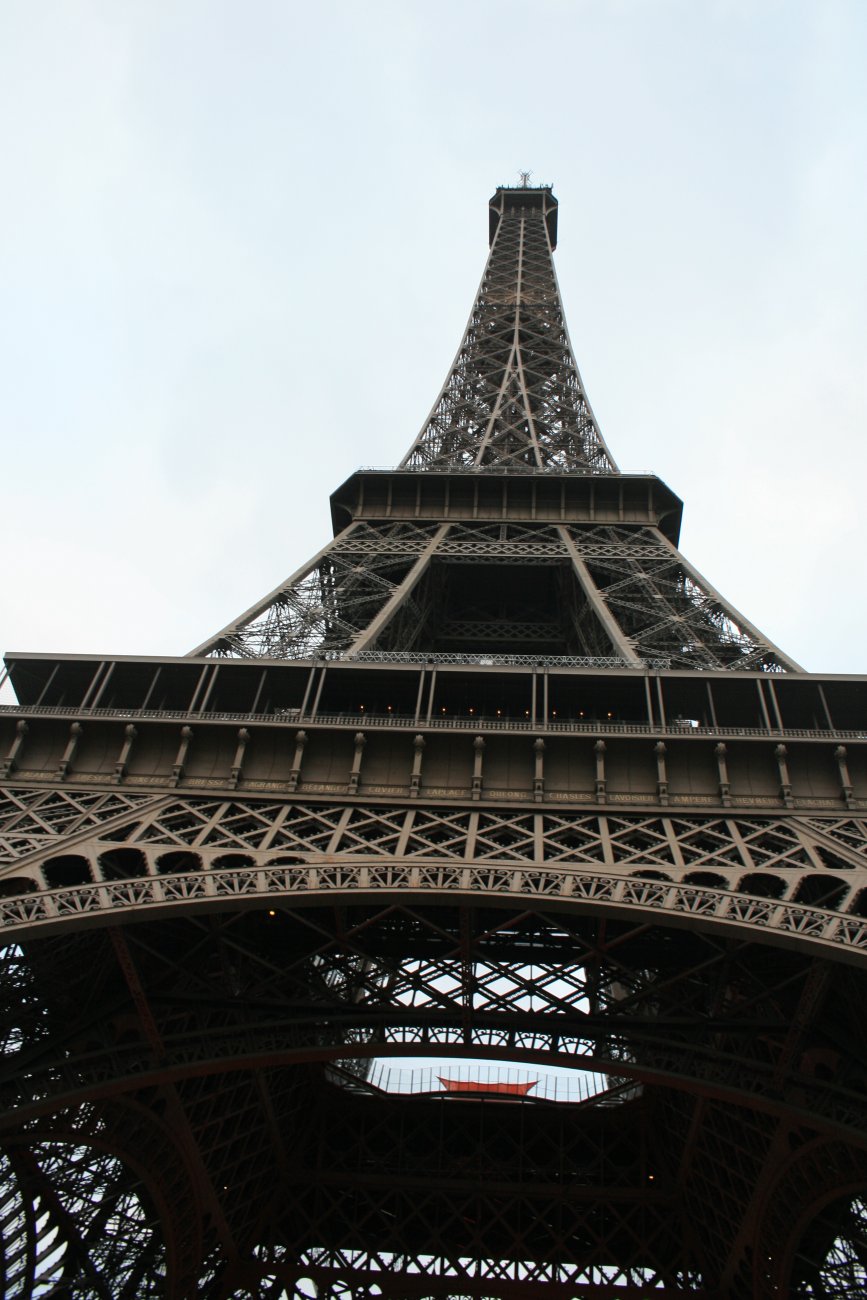
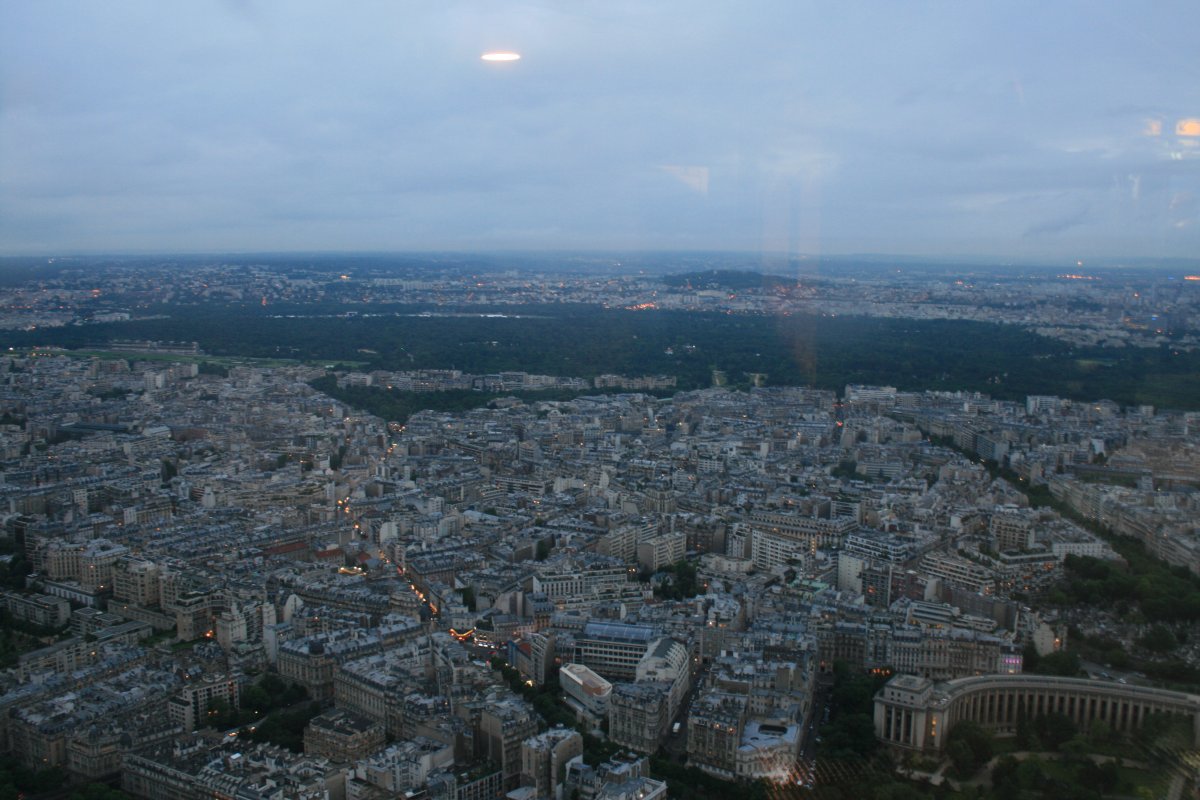
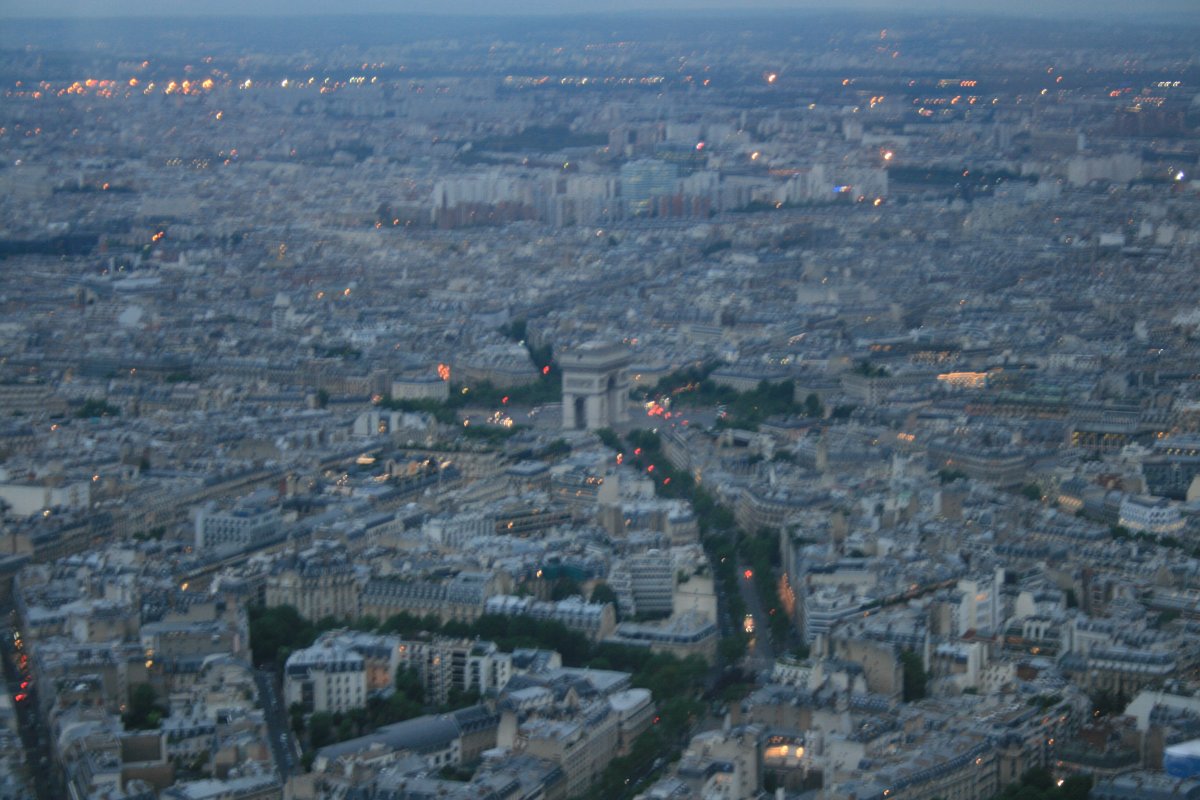
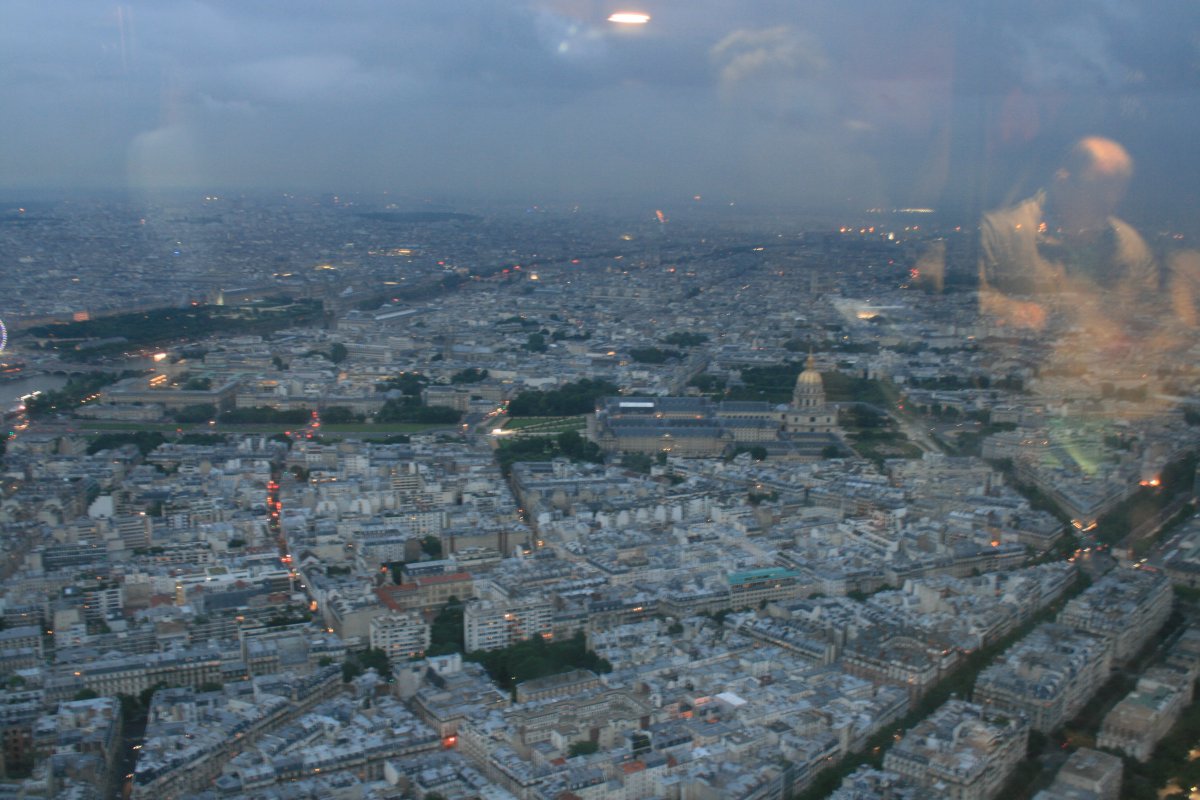
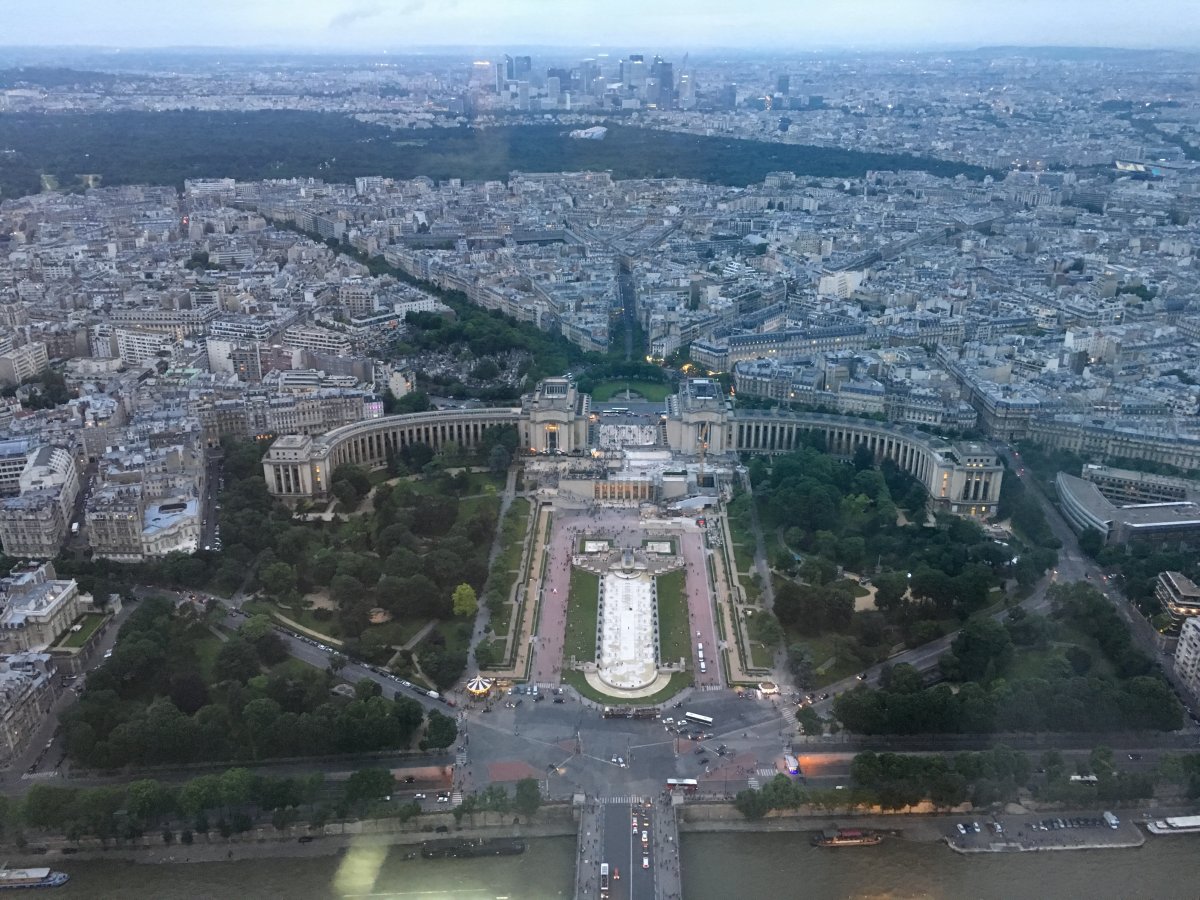
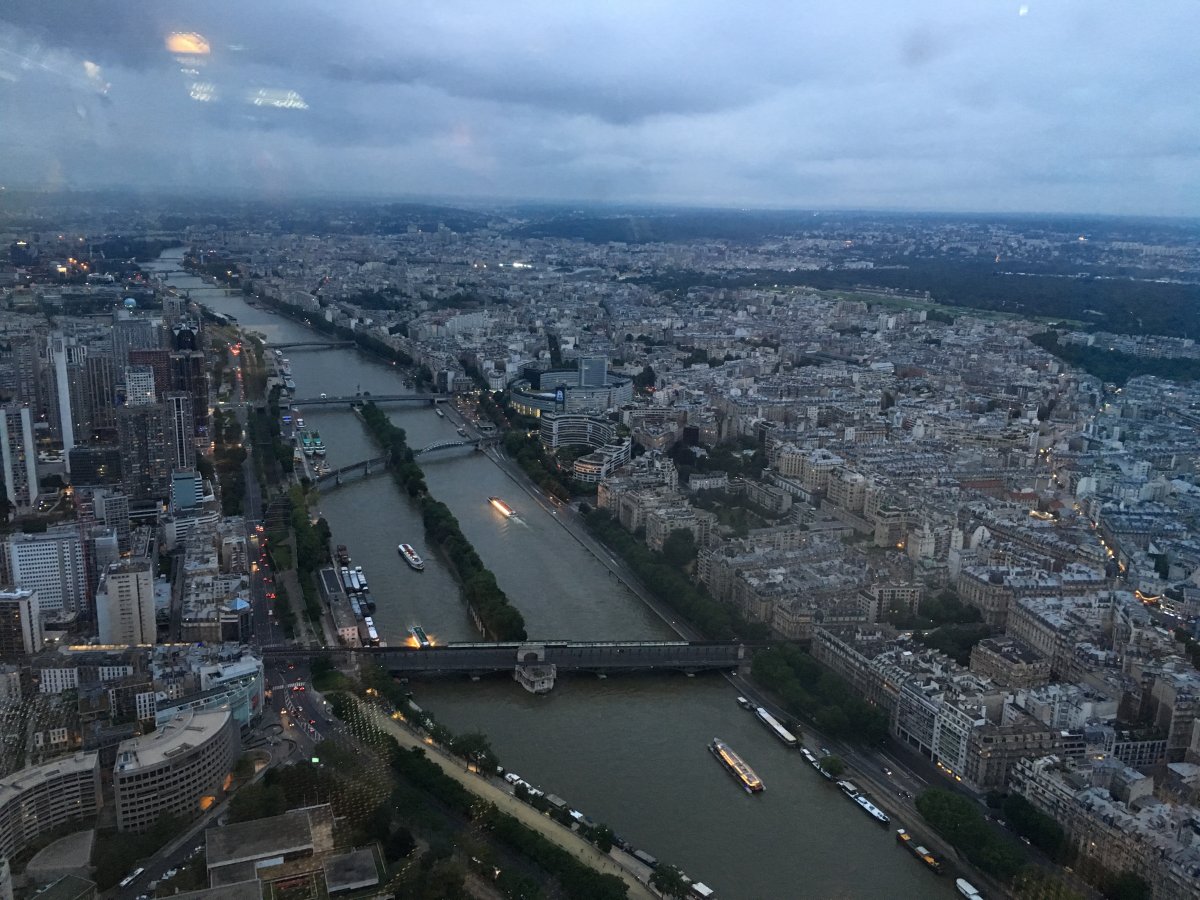
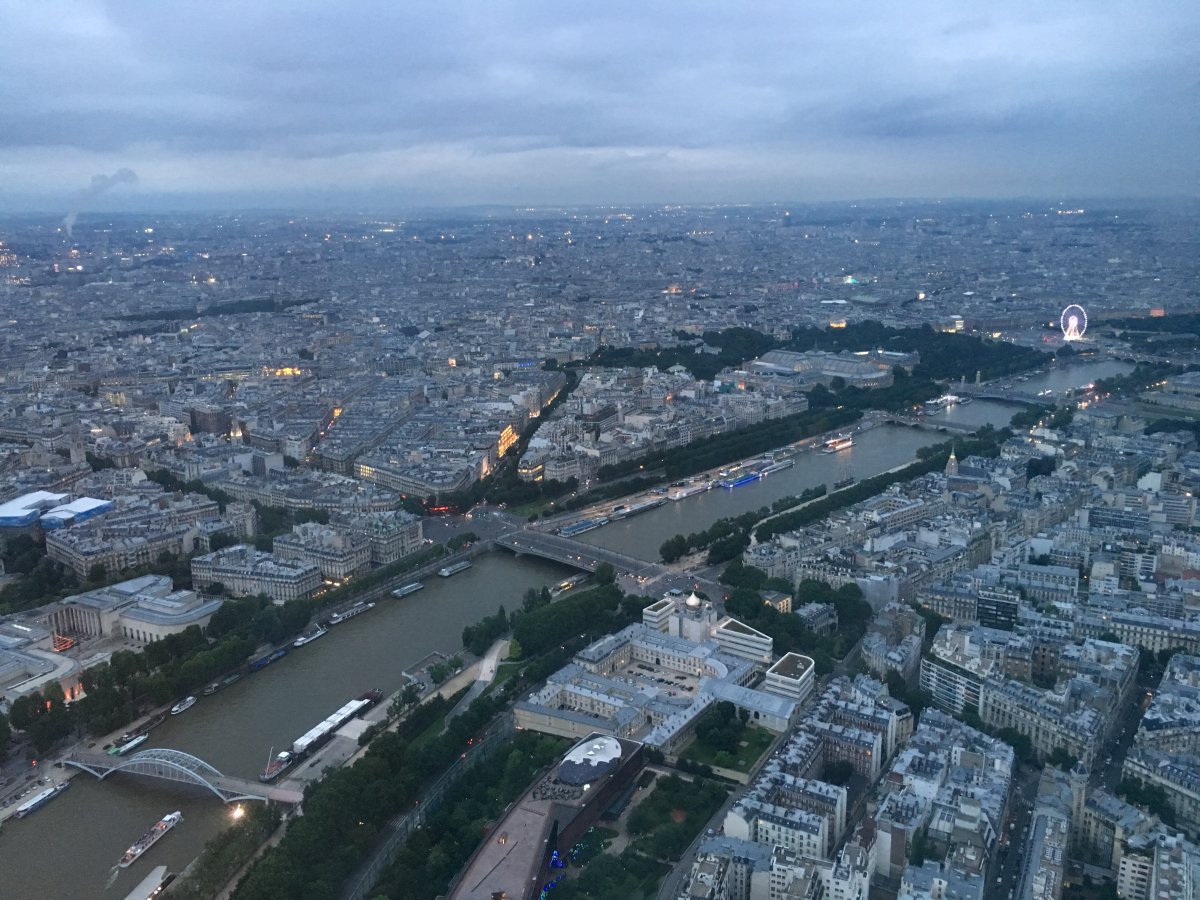
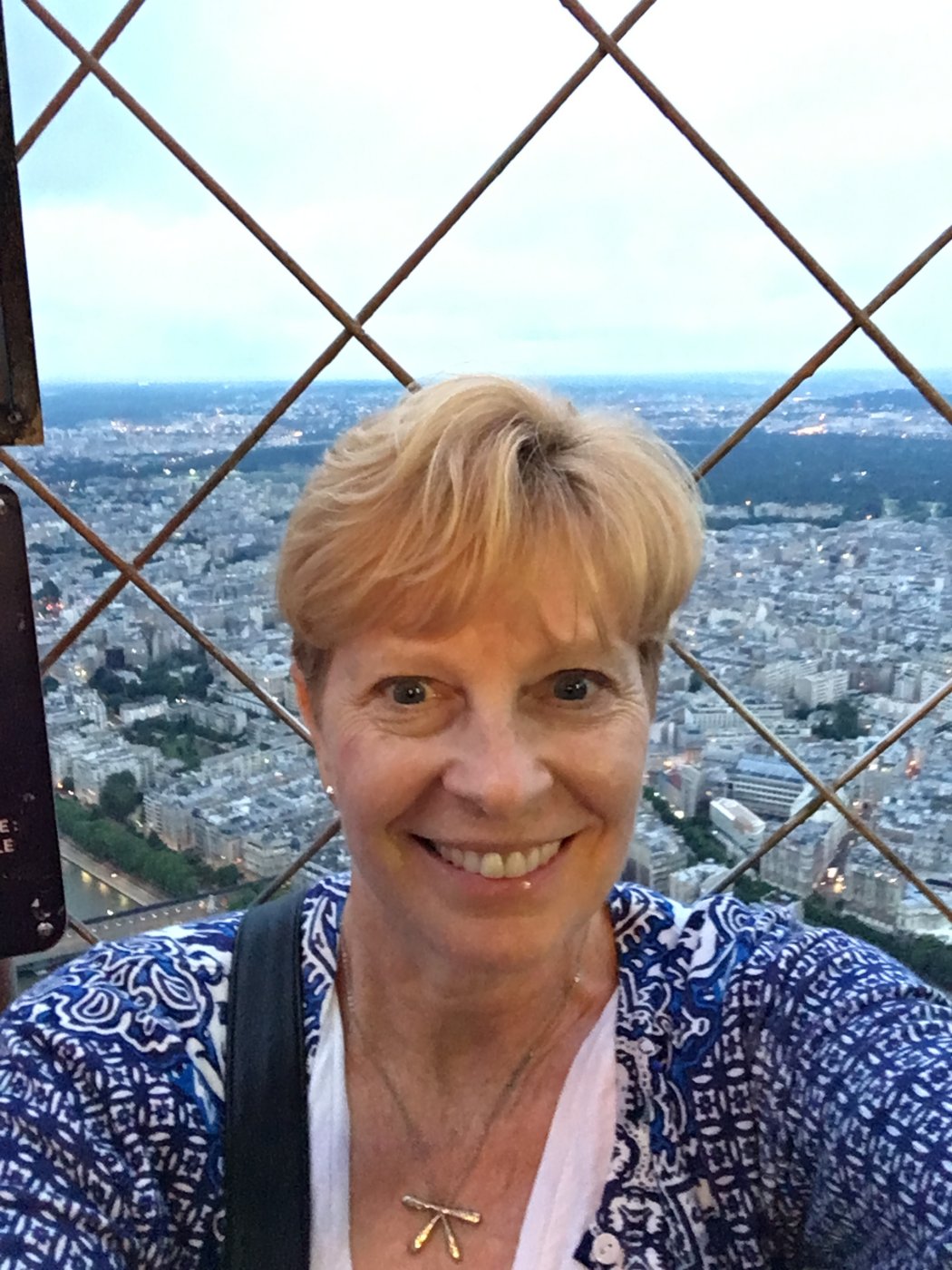
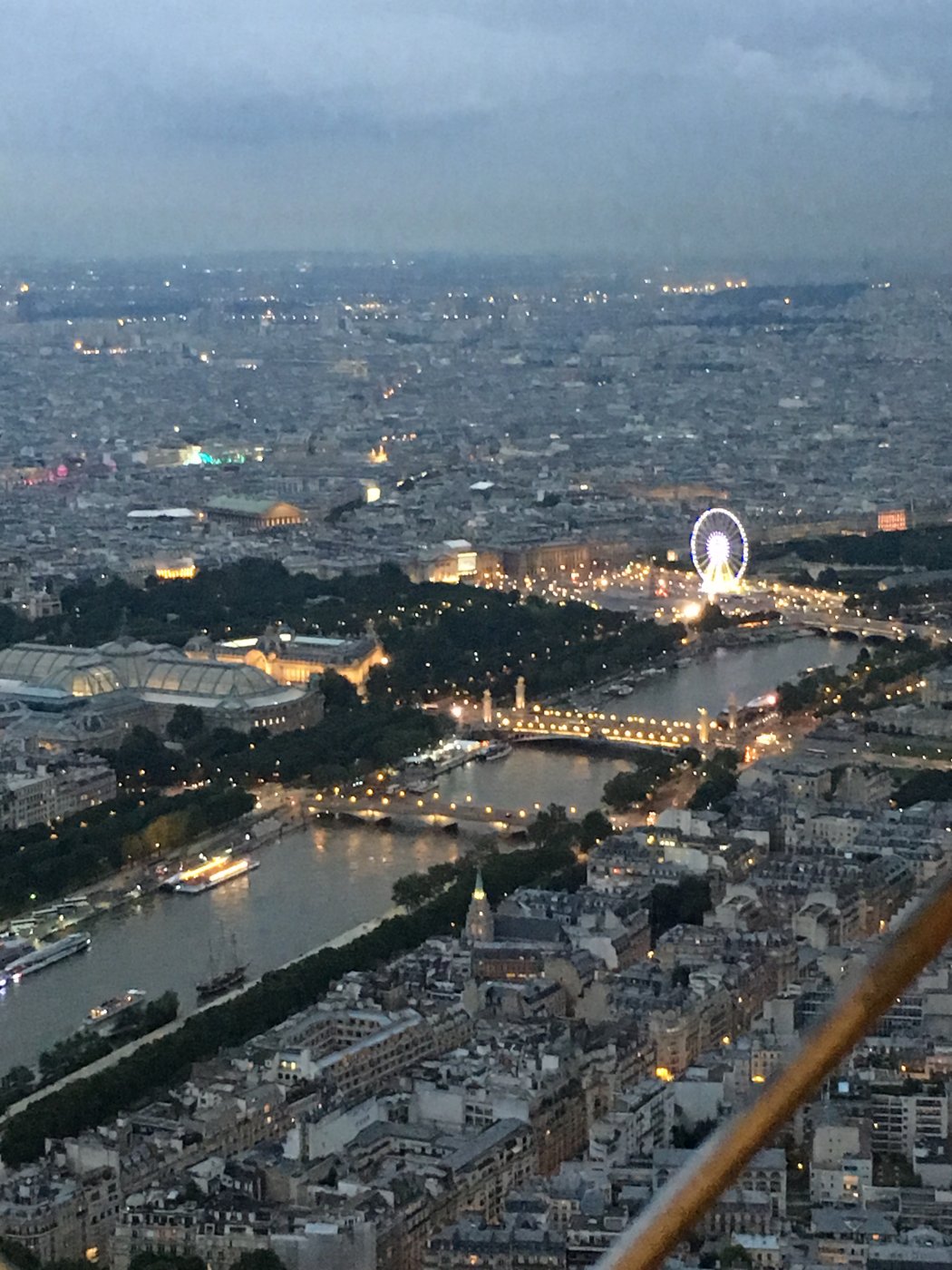
Rick Steves was right -- Paris is very beautiful at night from the top of the Eiffel Tower. But after all, Paris is the City of Light!
Looking straight down to the southeast at the Champ de Mars. It is filled with soccer players and fans, here for the Union of European Football Associations (UEFA) Euro 2016 football (soccer) tournament being played here in Paris this month (June 2016). Maybe this was why there were such short lines at the Eiffel Tower?
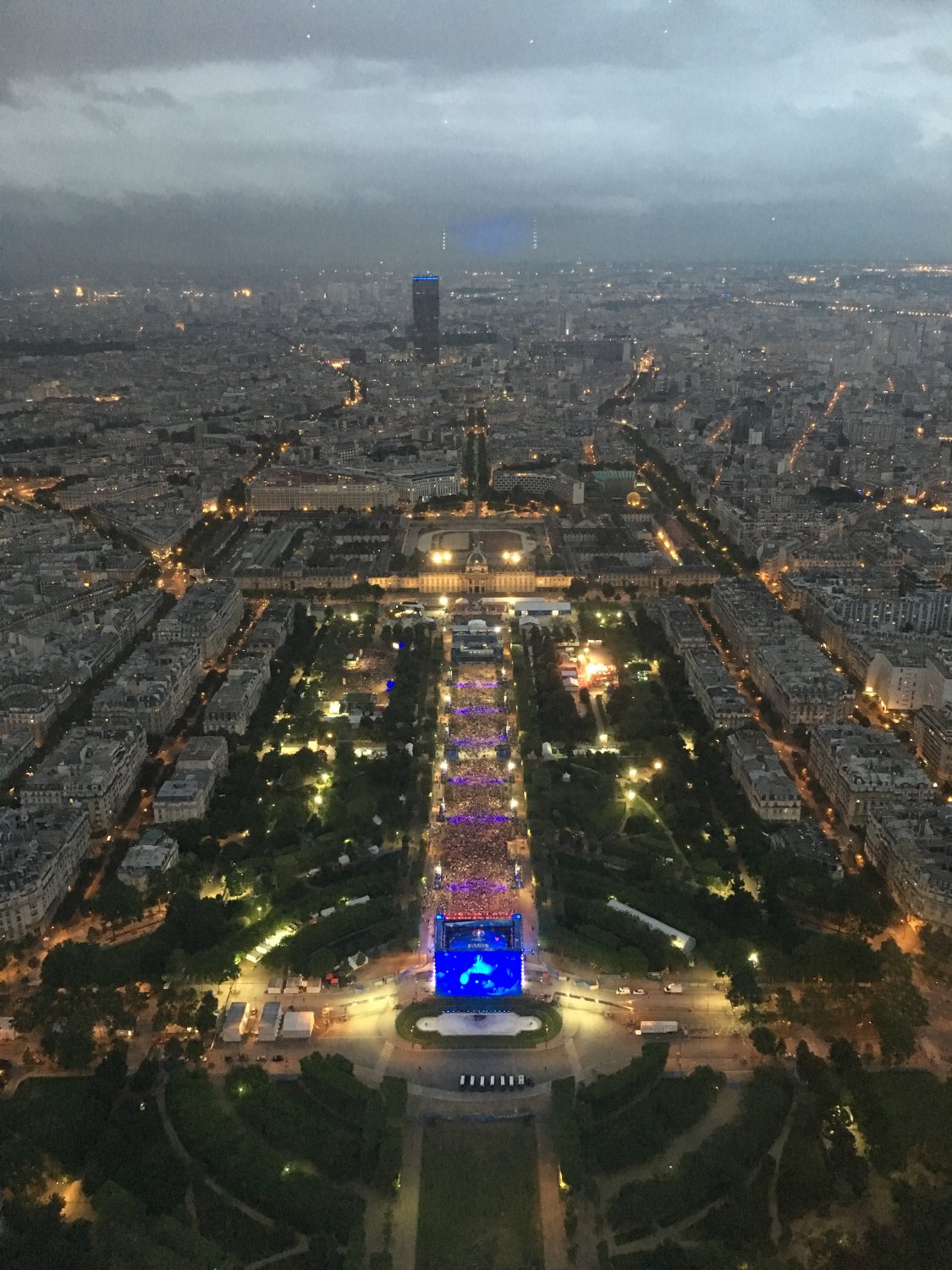
Back on the ground, looking up at the brightly lit Eiffel Tower.
I really enjoyed going up the Eiffel Tower. It's pretty amazing, especially considering its well over 100 years old. It's definately a Must-Do for any Paris visit.
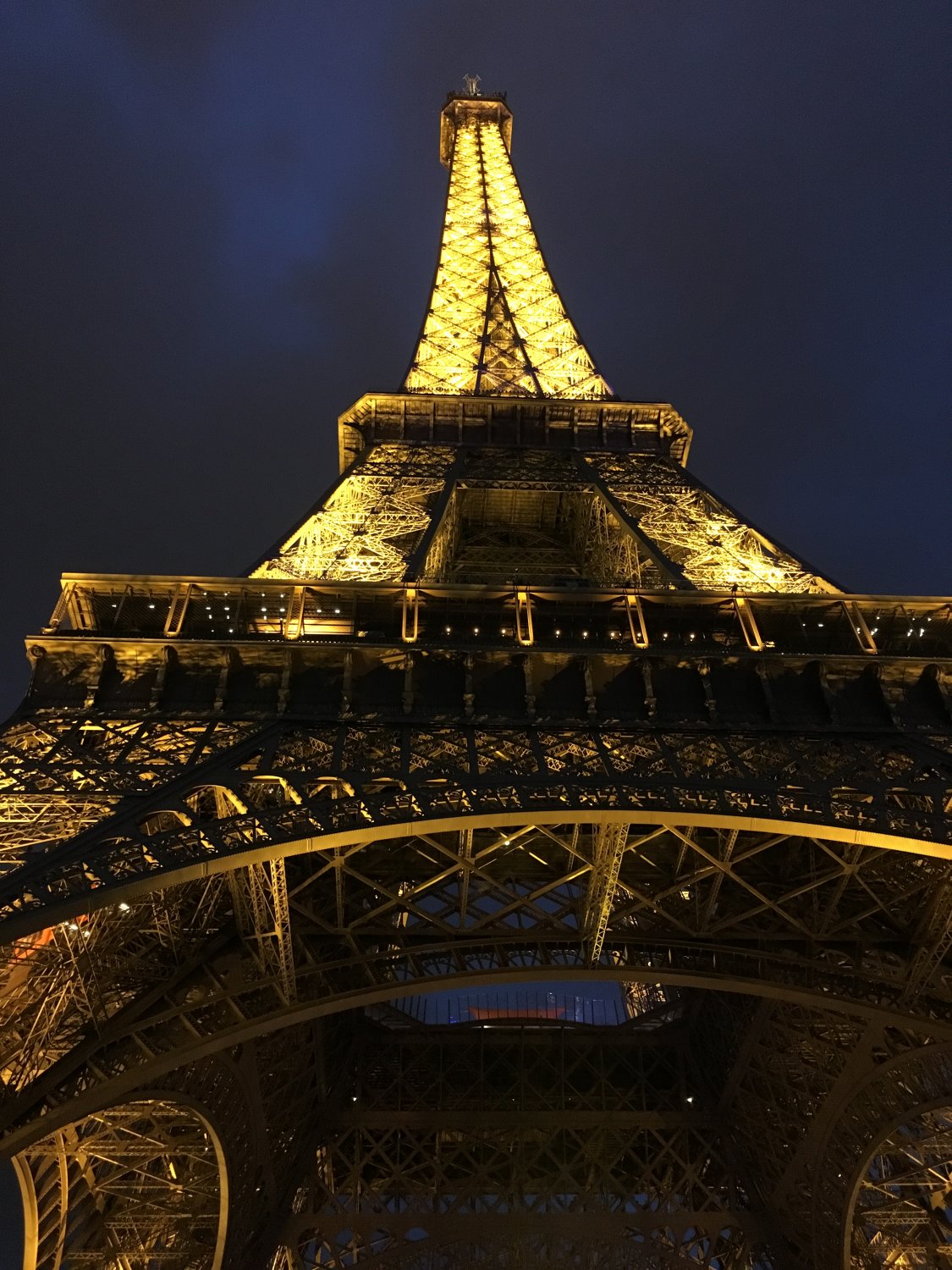
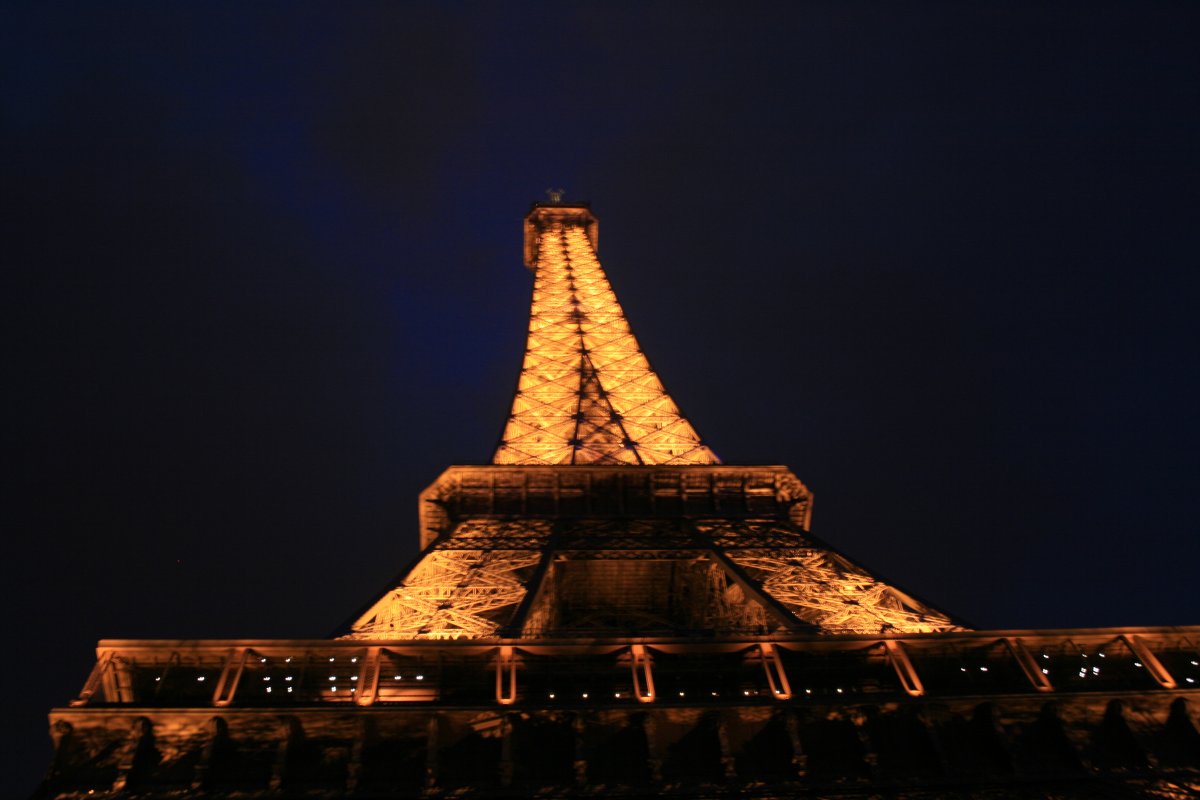
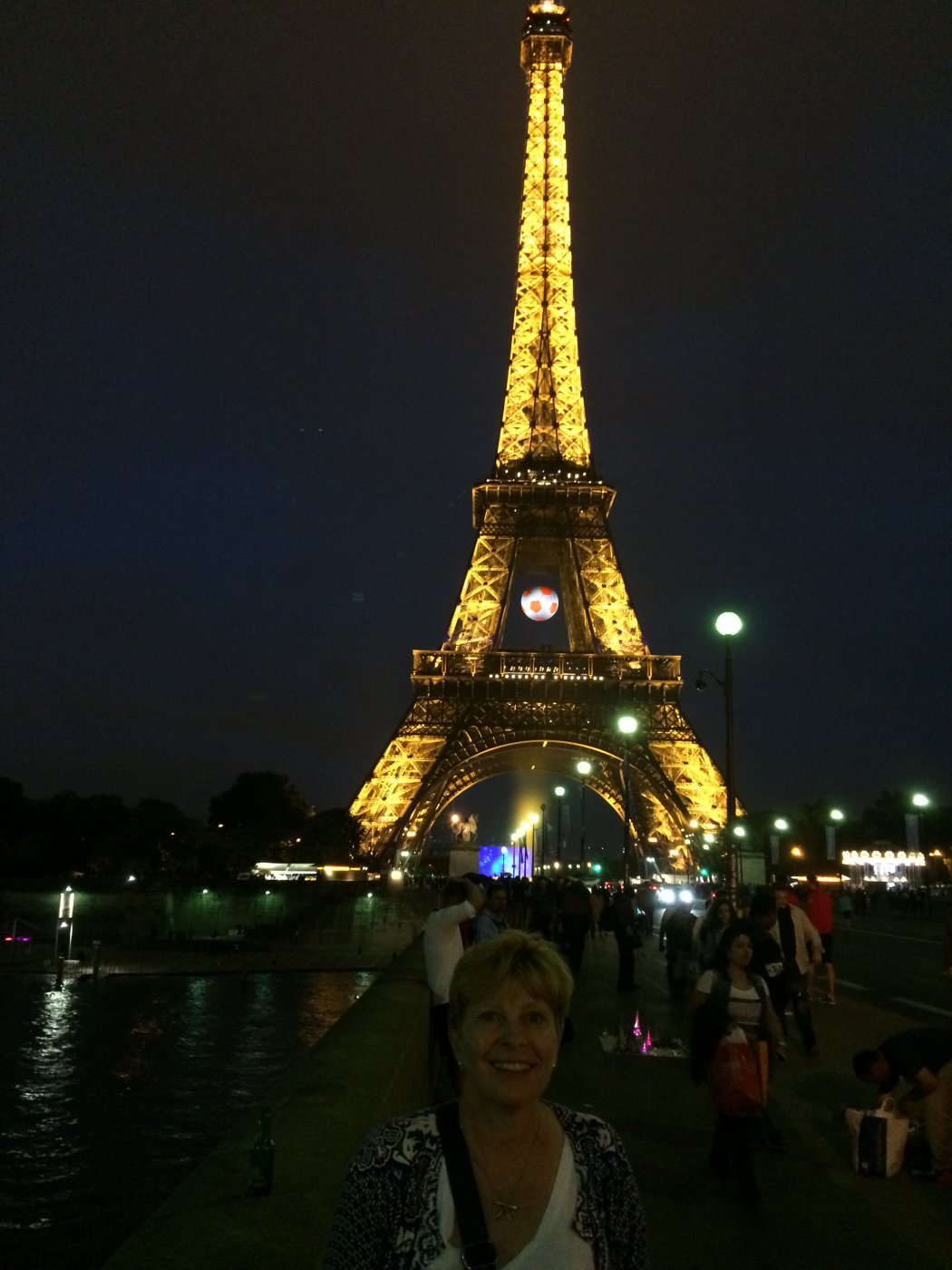
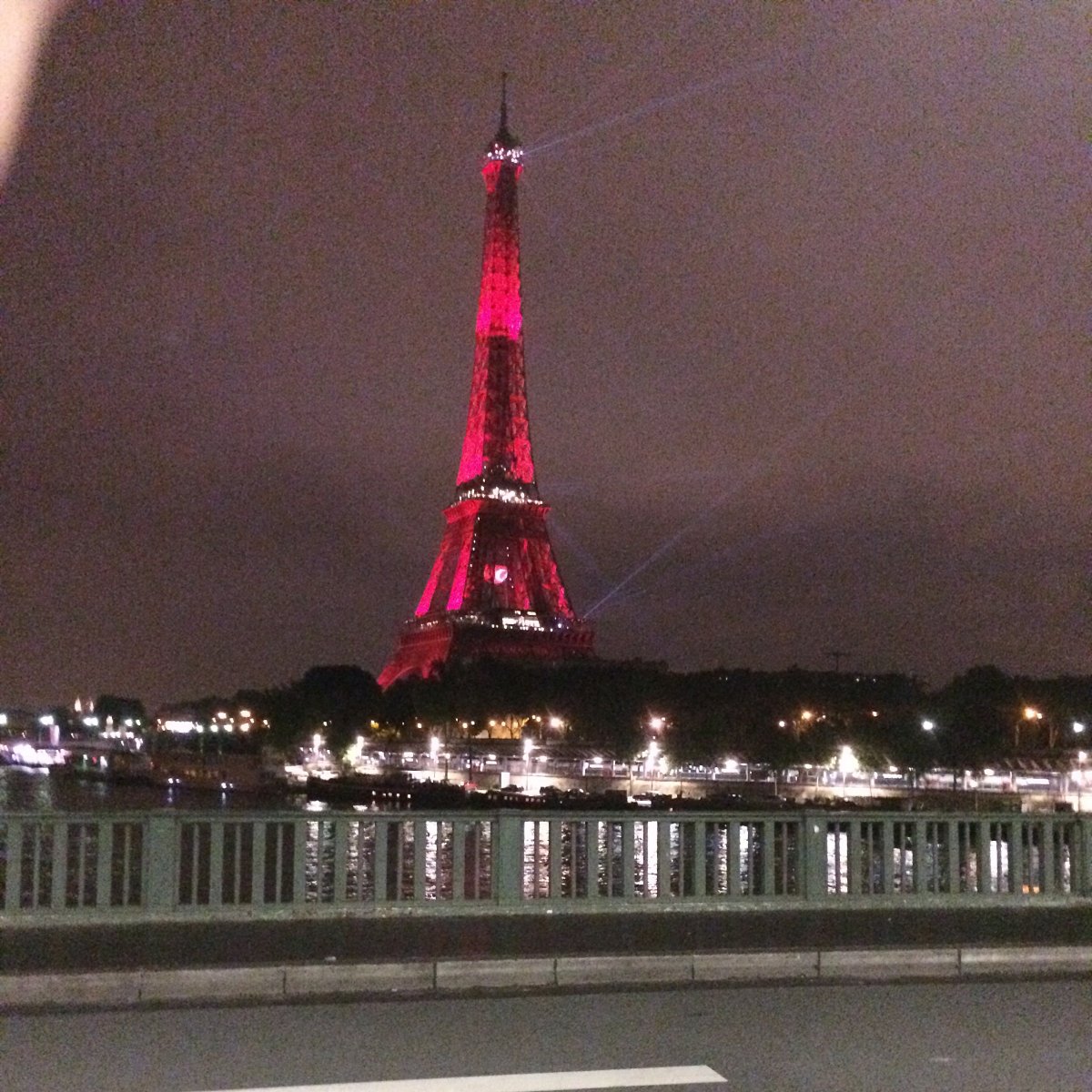
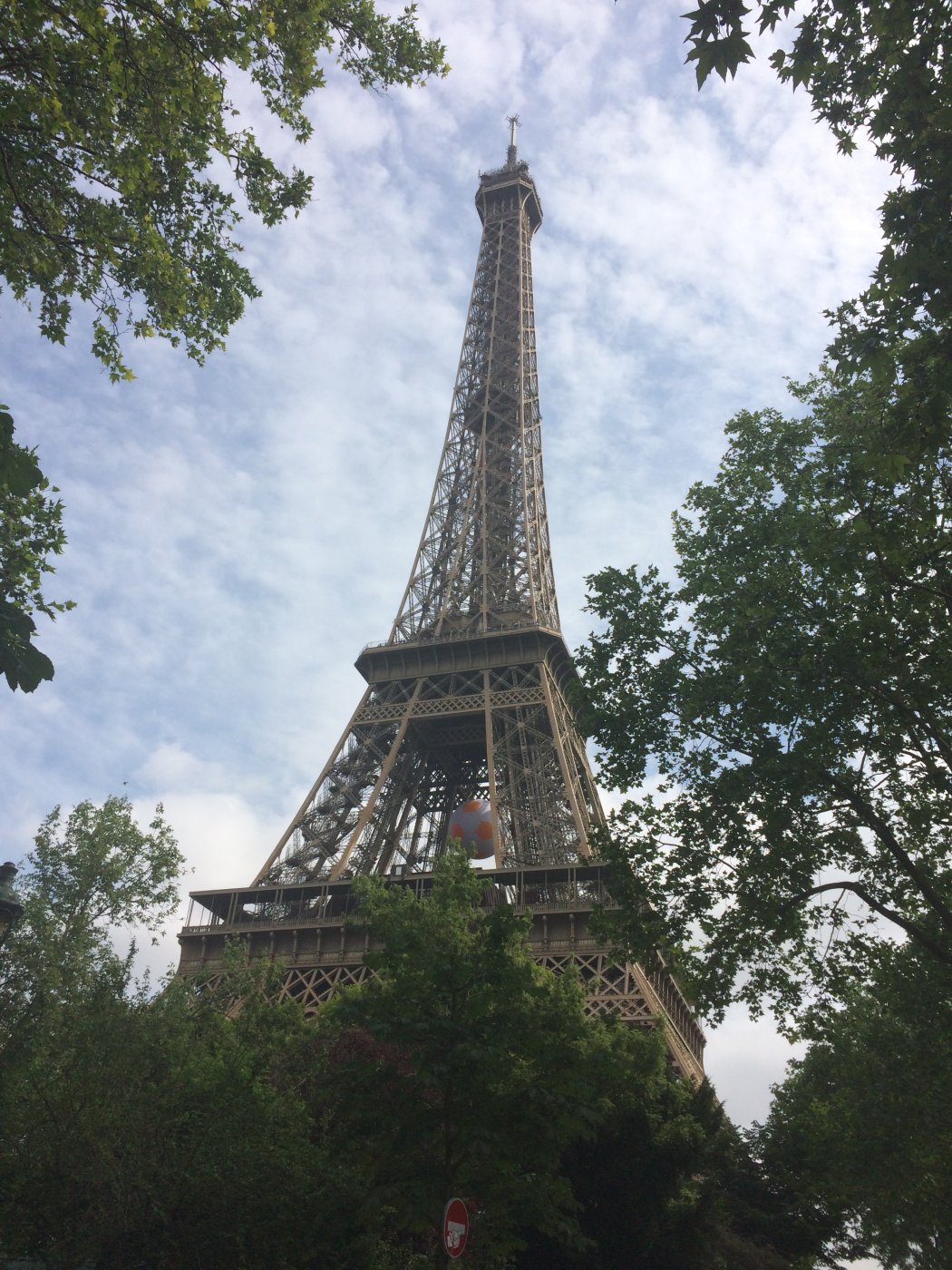
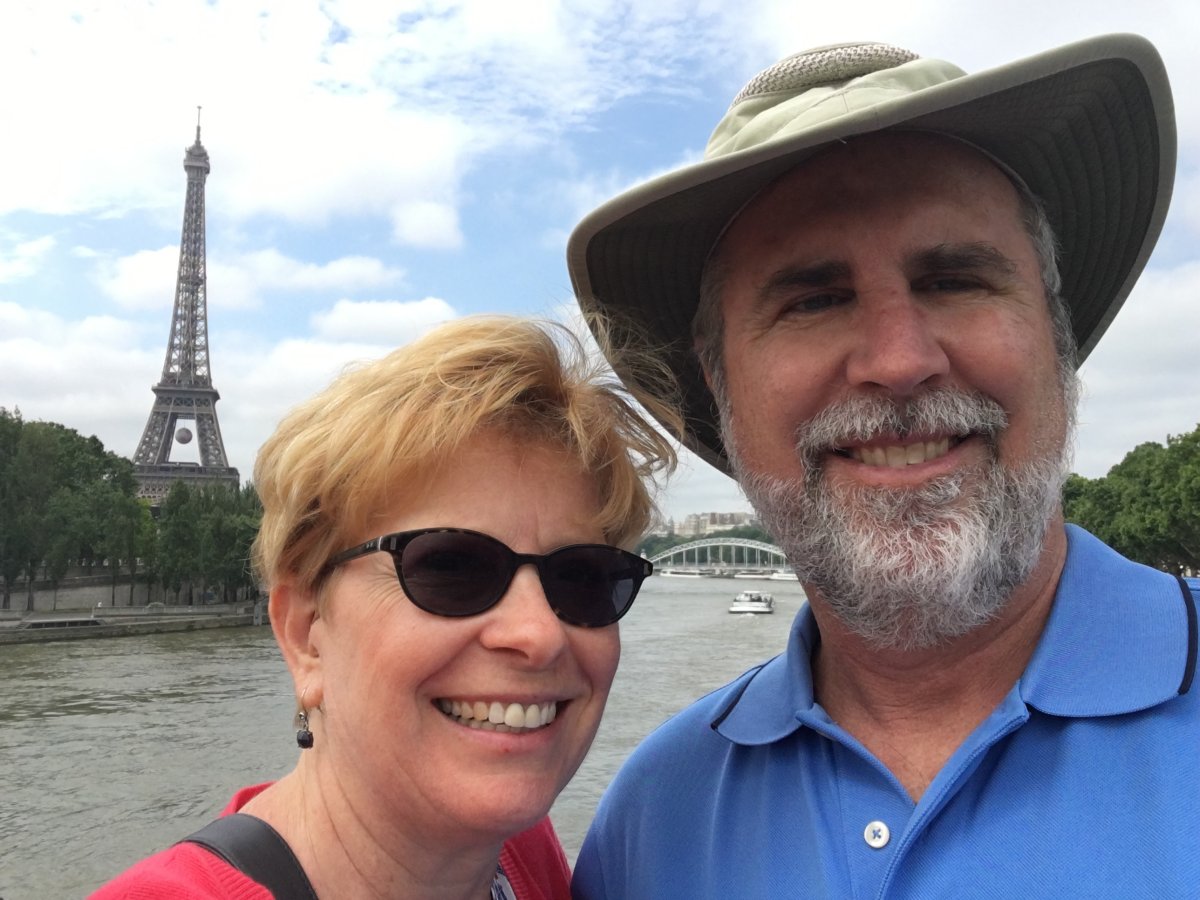
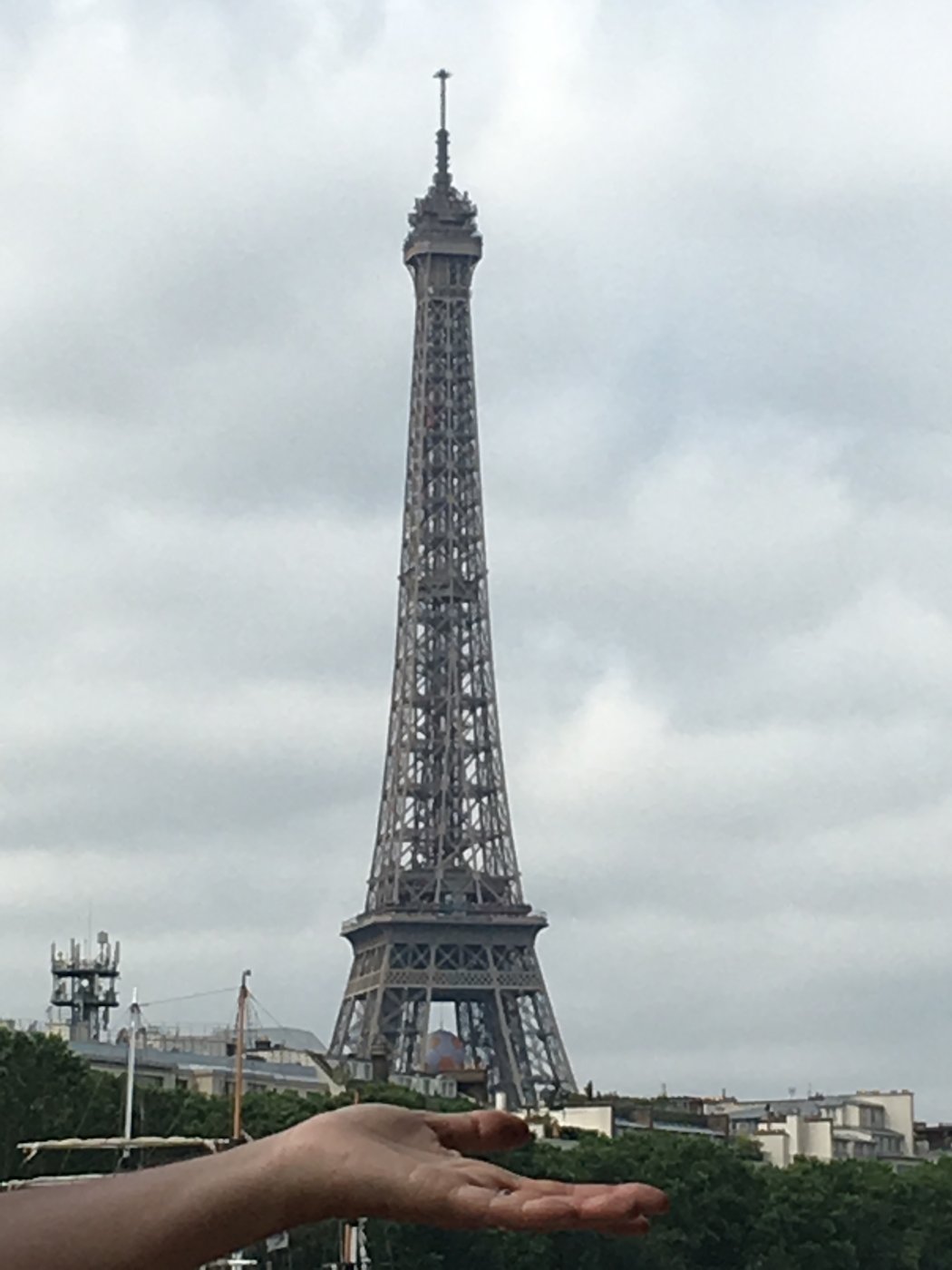
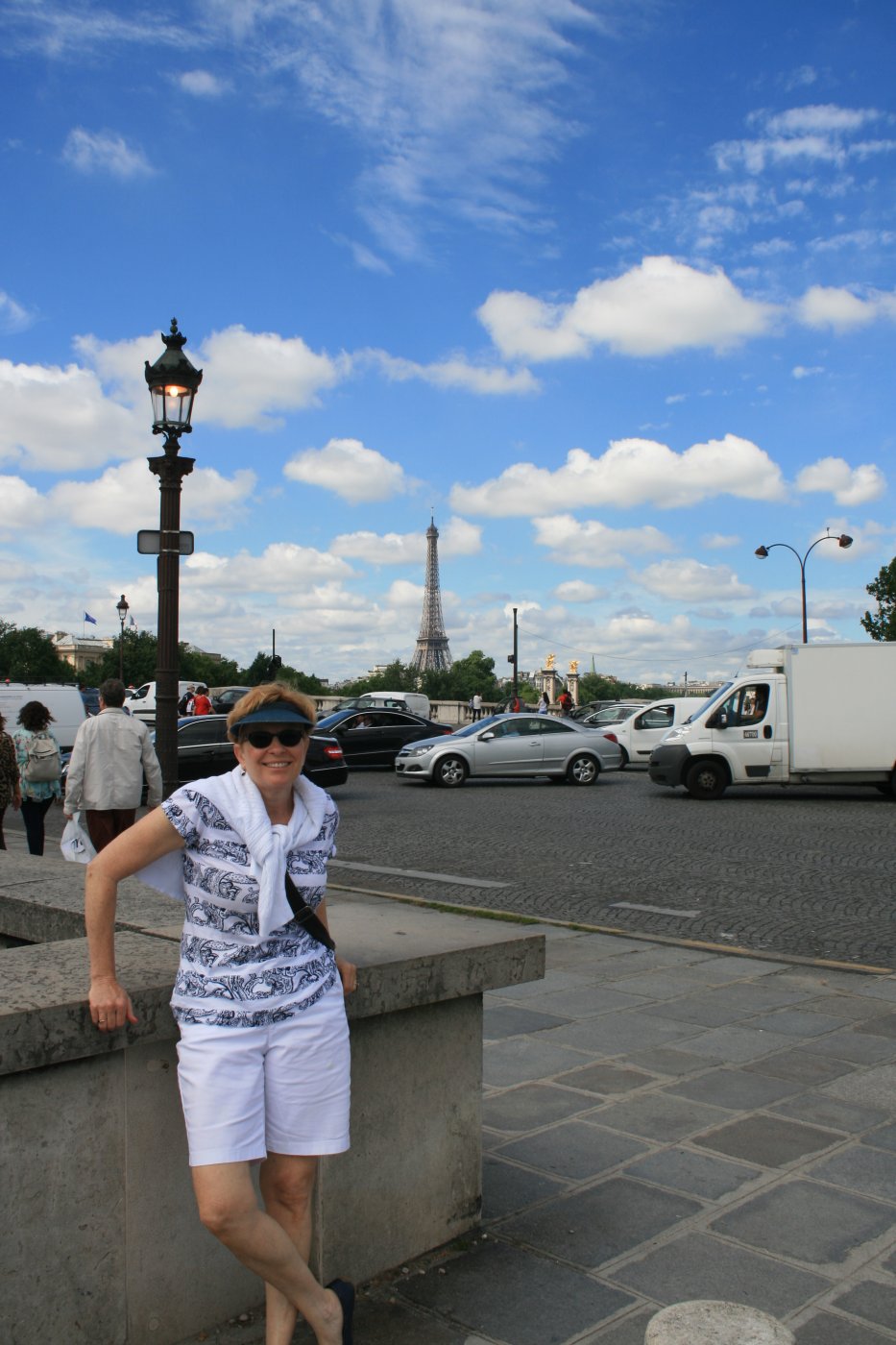
I must discuss those crazy pilots again. There is a lot more room under the Eiffel Tower than there is under the Arc De Triomphe. American Robert Moriarty flew a Beechcraft Bonanza under the tower on 31 March 1984. In November 1986, Gerard Dance flew under the arch of the Eiffel Tower. Supposedly a single-engine stunt plane did it in September 1991. I suspect more pilots have these have done it.
But long before that, on an unknown date in the spring of 1944, an American fighter pilot named Bill Overstreet in a P-51 Mustang chased a Me-109 under the Eiffel Tower and shot it down. Here is a painting of the dramatic moment. Link
